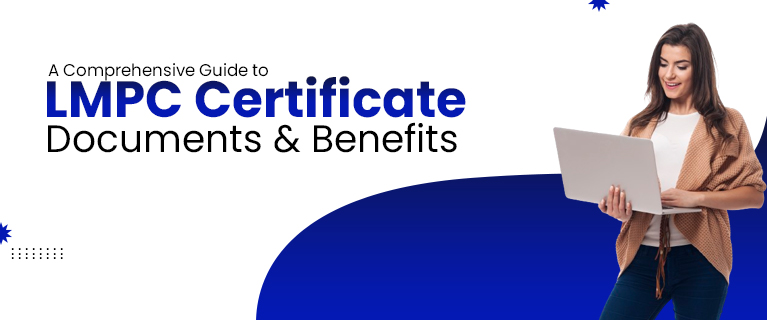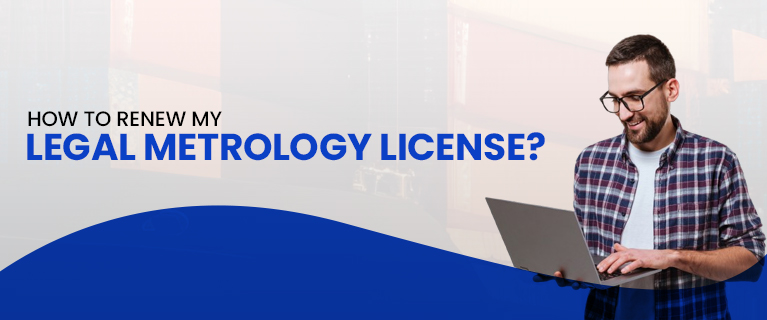Mastering The GST Refund Process
The
Goods and Services Tax (GST) has brought a significant transformation to the taxation system in many countries, simplifying tax compliance and boosting economic efficiency. One of the crucial aspects of the GST regime is the GST refund process, which enables businesses and individuals to claim refunds for taxes paid on specific transactions. Understanding and mastering the GST refund process is essential for businesses to optimize their tax operations and manage their finances effectively.
In this comprehensive guide, we will explore the GST refund process, covering all the important information you need to know. From the basics of GST refunds to the intricate details of eligibility, documentation, and application procedures, we've got you covered.
What is GST?
A value-added tax imposed on the supply of goods and services is known as the goods and services tax, or GST. It has replaced a multitude of indirect taxes, creating a unified and transparent tax system.
What are GST Refunds?
GST refunds are a mechanism that allows taxpayers to claim a refund for the GST they have paid on inputs, input services, and capital goods. The primary objective is to prevent the cascading effect of taxes and ensure that GST is levied only on the value addition.
Read Also This - A Detailed Guide On USA Trademark Registration
What are the types of GST Refund?
Each type of GST refund:
1. Refund of Excess Input Tax Credit (ITC)
When the Input Tax Credit (ITC) balance on inputs or input services is more than the GST liability, a taxpayer becomes eligible for a refund of the excess ITC. This situation typically arises when the GST paid on purchases (inputs) and expenses (input services) exceeds the GST liability on sales (output).
Example: Suppose a manufacturing company pays GST of ₹5,000 on raw materials and ₹2,000 on input services, resulting in a total ITC of ₹7,000. If the GST liability on their products is only ₹6,000, they have an excess ITC of ₹1,000, which can be claimed as a refund.
To claim a refund of excess ITC, businesses must seek help from our LegalRaasta Business Consultants. They will help you follow the application and documentation procedures set by the tax authorities, including providing accurate records of GST paid and received.
2. Refund on Exports
A significant portion of GST refunds goes to exporters who pay GST on goods and services used in their export-oriented businesses. These refunds are crucial to maintaining the competitiveness of the export sector.
Key Points:
Eligibility: Exporters of goods and services are eligible for this refund.
Required Documents: Businesses must provide export invoices and shipping bills as supporting documents.
Refund Process:The exporter submits the refund application on the GST portal, which is then processed and verified by the authorities.
3. Refund on Inverted Duty Structure
The refund on an inverted duty structure applies when the tax rate on inputs (raw materials, components) is higher than the tax rate on the output supply (final product). This scenario often occurs in industries where the final product is taxed at a lower rate than the raw materials.
Example: Consider a manufacturer of clothing who pays 12% GST on fabric (input) but sells garments at a 5% GST rate. The inverted duty structure causes a higher GST paid on inputs than the GST collected on the final product.
To claim a refund under the inverted duty structure, businesses need to file an application, submit relevant documents, and adhere to the specific refund process laid out by the tax authorities.
Read Also This - How Can I Register A Startup In India In Easy And Affordable Way
4. Refund to International Tourists
This type of GST refund benefits the tourism industry, particularly businesses that cater to international tourists. It includes two subcategories:
a.
Refund for GST paid on goods purchased by international tourists:
When international tourists make purchases in a country that levies GST, they are often eligible for a refund of the GST paid. This encourages tourism and boosts sales in sectors such as retail.
Key Points:
Eligibility: International tourists who meet certain criteria are eligible.
Required Documents: Tourists must keep their purchase invoices and other relevant documents.
Refund Process: There is a specific process for international tourists to claim their GST refund, often involving validation at the point of departure.
b.
Refund for GST paid on services used by international tourists:
International tourists often utilize services such as accommodation, dining, transportation, and entertainment during their stay. In many countries, they can claim a refund of the GST paid on these services.
Key Points:
Eligibility: International tourists who meet specific criteria can apply for this refund.
Required Documents: Keeping records of payments for services is essential.
Refund Process: Tourists may need to complete refund forms or meet certain conditions to claim refunds for services.
To sum up, these various types of GST refunds serve different purposes, all contributing to the overall efficiency of the GST system. They ensure that taxpayers do not face a tax burden that is not justified and help stimulate economic activity in specific sectors, such as exports and tourism. Understanding the eligibility criteria, required documents, and application processes for each type of refund is vital for businesses and individuals to benefit from these provisions effectively.
Key Terminologies:
Before diving into the process, it's crucial to understand key terms:
- Input Tax Credit (ITC): This is the amount of GST a business can claim back when it pays GST on its purchases.
- Harmonized System of Nomenclature (HSN) code: This is a code used to classify products for tax purposes. It helps in identifying the applicable rate of GST for a product.
- GST Portal: An online platform provided by the government for various GST-related activities, including filing returns and applying for refunds.
- Special Economic Zones (SEZ): Designated areas in a country where businesses enjoy special tax benefits and trade incentives.
- Letter of Undertaking (LUT): A document that exporters can furnish to the authorities as an alternative to paying taxes for exports.
Eligibility for GST Refunds
Who Can Claim GST Refunds?
Not all taxpayers are eligible for GST refunds. Those who can claim include:
- Exporters of goods and services.
- Suppliers of goods and services to Special Economic Zones (SEZ).
- Recipients of income tax and interest on it.
- Any other class of persons or entities as notified by the government.
Ineligible Entities:
Entities engaged in the composition scheme, a casual taxable person, a non-resident taxable person, or those providing non-GST goods and services are generally ineligible for GST refunds.
GST Refund Documentation
Essential Documents
Accurate and complete documentation is the cornerstone of a successful GST refund process. Essential documents include:
- GST invoice records: Properly maintained invoices showing GST details.
- Details of GST paid on inputs: Supporting documentation indicating GST paid on various inputs.
- Export invoices and shipping bills: Required for export-related refunds.
- GSTR-2A and GSTR-3B documents: Supporting documents showing reconciliation of input tax credit.
- Letter of Undertaking (LUT): For businesses that claim refunds on exported goods.
- Bank account details: Necessary for receiving the refunded amount.
Read Also This - How To Get EPR Certificate For Your E waste Management
Common Mistakes to Avoid
Avoid common mistakes such as discrepancies in GST invoices, incorrect HSN codes, and failing to reconcile data between GSTR-2A and GSTR-3B.
Step-by-Step Guide to the GST Refund Process
● Online vs. Offline Refund Processing
The process can be initiated either online or offline, depending on the amount of the refund claim.
● Application Filing
This is the initial step, where you submit your refund application with the necessary documents. The process can be done via the GST portal.
● Application Verification
The government authorities will verify your application for compliance and correctness. Any discrepancies can lead to rejection.
● Claim Processing
Once your application is verified, the authorities will process your claim and calculate the refund amount.
● Rejection and Resubmission
If your claim is rejected, you can resubmit the corrected application.
● Final Approval
Upon successful processing, you receive your GST refund in your bank account.
Important Tips for a Smooth GST Refund Process
● Maintain Accurate Records
Accurate record-keeping is crucial for a successful refund process. Ensure that your books and invoices are error-free.
● Timely Filing
File your refund application promptly to avoid delays and potential complications.
● Seek Professional Assistance
Consider seeking professional help, especially for complex refund claims. Our Tax experts at LegalRaasta can guide you through the process effectively.
Conclusion
Mastering the GST refund process is a critical aspect of managing your business finances efficiently. By understanding the intricacies of GST refunds, maintaining accurate records, and filing applications promptly, you can maximize your financial returns and ensure compliance with tax regulations.
In conclusion, GST refunds offer businesses an opportunity to optimize their cash flow and improve their competitiveness in the market. By following the guidelines and tips outlined in this comprehensive guide, you can navigate the GST refund process with confidence and proficiency. It's a crucial step in ensuring that your business thrives in the complex landscape of modern taxation.










